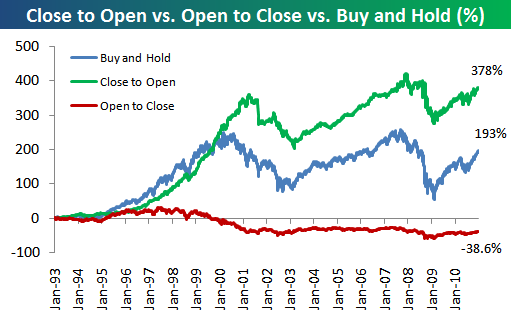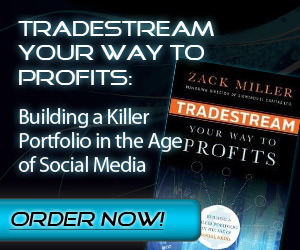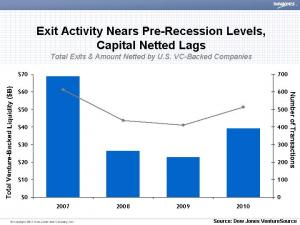Stone Street and The_Analyst had an interesting piece yesterday that appeared on Zero Hedge. Entitled Financial Voyeurism, Why You Can’t Beat Fast Money, the piece took to task all the excitement surrounding hedge fund’s public 13F filings (.pdf) every quarter.
According to Stone Street:
funds and asset managers with greater than $100 million in assets under management are required to report their holdings. The list includes exchange-traded or NASDAQ-quoted stocks, equity options and warrants, shares of closed in funds shares of closed-end investment companies, and certain convertible debt securities. Short positions are NOT included in the 13F. In addition, managers can request confidential treatment of their filing if they feel that their strategy would be compromised by the disclosure. This includes circumstances where the manager has an ongoing acquisition or disposition program. Confidential treatment can last for three months to one year. Lastly, it is important to note that the 13F must be filed no later than 45 days after the end of the quarter. Most funds wait until the deadline to report, as such they are lagging indicators.
The issue is that clearly, investors blindly following 13F followings in an effort to replicate hedge fund portfolios are missing crucial information. Beyond the lag between buying and filing, not all the fund’s holdings appear in these filings.
So, the incessant race in the blogosphere to analyze these reports for any changes in holdings appears to be somewhat futile. Fast money momentum players look to piggyback portfolio changes of guru investors in the hope that the market has not fully incorporated this information into current prices.
But, it works
The thing is, with certain investors like Mr Buffett, this strategy actually works. According to a study I quote in my book, Tradestream, a piggybacking strategy that incorporated only positions included on public filings would achieve alpha close to that of Buffett’s actual portfolio.
The researchers found that Buffett, although touted as the king of value investing, was actually running a growth portfolio. From Martin and Puthenpurackal’s Imitation is the Sincerest Form of Flattery:
An investor who mimicked the investments from 1976 to 2006 after they were publicly disclosed in regulatory filings would experience statistically and economically significant positive abnormal returns using various empirical tests and benchmarks. This indicates the market under-reacts to the initial information that Berkshire Hathaway has bought a stock and is slow in incorporating the information produced by a skilled investor.
I understand that Buffett takes larger positions and his holding period is longer than your typical hedge fund. And that matters. It would be harder to replicate portfolio performance in a fund like Renaissance that has huge turnover in its portfolio and very short holding periods.
But there are a lot of funds that take bigger, more concentrated positions, like some of the Tiger Cubs, Paulson, Ackman, etc. Sometimes, even just mimicking a fund’s best idea works. What these blogs and services are doing in scrambling to reveal and analyzing quarterly filings comes from a good place but needs to be put in context.
Do it, but with class and rigor
I think the point here is not to throw the baby out with the bathwater and poo-poo portfolio replication in general. On the other hand, mimicking anything that moves — cloning any hedge fund manager — doesn’t make sense either. That’s dumb money.
What I’ve done after publishing my book is move more and more into rules-based portfolio replication. But I did it with rigor. I identified firms that take concentrated positions and hold onto them. I them backtested them using AlphaClone (see why I called AlphaClone “the cure to investor insanity“) to determine which strategies come closest to mimicking their own performance. For some funds, it’s their largest holding. Others performance comes from the largest new holding. Other positions include the most widely held tech stock, for example.
These portfolios do work but they require vigilance and methodology. See the performance of one of our portfolios, the Tradestreaming Guru Strategy.
Source
Financial Voyeurism, 13-F Chasers: Why You Can’t Beat the Fast Money (Stone Street Advisors)













